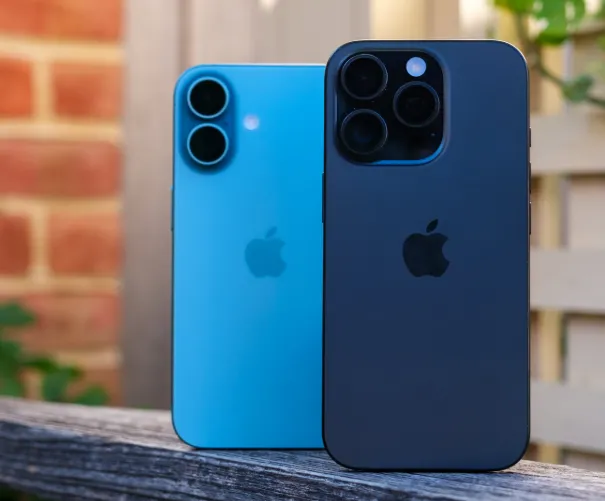Apple has reclaimed the top spot in worldwide smartphone sales, with the iPhone 16 emerging as the best-selling model during the first quarter of 2025. Market data from Counterpoint Research shows that five iPhone variants made it into the global top ten, underscoring Apple’s ability to dominate the premium segment despite intensifying competition.
Strong iPhone 16 Performance Across Regions
The standard iPhone 16 saw impressive traction in Japan, the Middle East, and Africa. In Japan, steady economic conditions and relaxed subsidy rules gave the model a boost. Globally, the Pro Max and Pro versions followed right behind the base model, ranking second and third. While Apple faced challenges in China due to rising pressure from domestic brands and competitive pricing, its Pro lineup still managed to account for nearly half of all iPhone shipments last quarter.
Affordable Androids on the Rise
At the other end of the spectrum, budget-friendly Androids are quickly carving out a larger share of the market. Devices priced below $100 now represent nearly one-fifth of global sales. Samsung’s Galaxy A16 5G performed particularly well, landing in fifth place and outpacing its predecessor in markets like the U.S., Asia, and Latin America. Samsung’s flagship Galaxy S25 Ultra, despite launching late in the quarter, still reached the seventh spot.
Xiaomi also made headlines, with its Redmi 14C breaking into the global top ten. The device recorded a 43% year-over-year jump in sales, driven largely by demand across Africa and Latin America.
Shifting Market Dynamics
Apple’s mid-range iPhone 16e also entered the charts, finishing sixth in March. With a stronger feature set than the 2022 iPhone SE, it appears well-positioned for long-term success among mid-tier buyers.
Analysts suggest that the global smartphone market is increasingly split between two extremes: premium devices that appeal to enthusiasts seeking cutting-edge technology and low-cost phones that fulfill essential needs in emerging economies. Apple’s success highlights the strength of its ecosystem and brand loyalty, while Android manufacturers continue to thrive by pushing affordability and value.
As both premium and budget categories expand, the competition for market dominance is only set to intensify—making 2025 a pivotal year for the smartphone industry.
